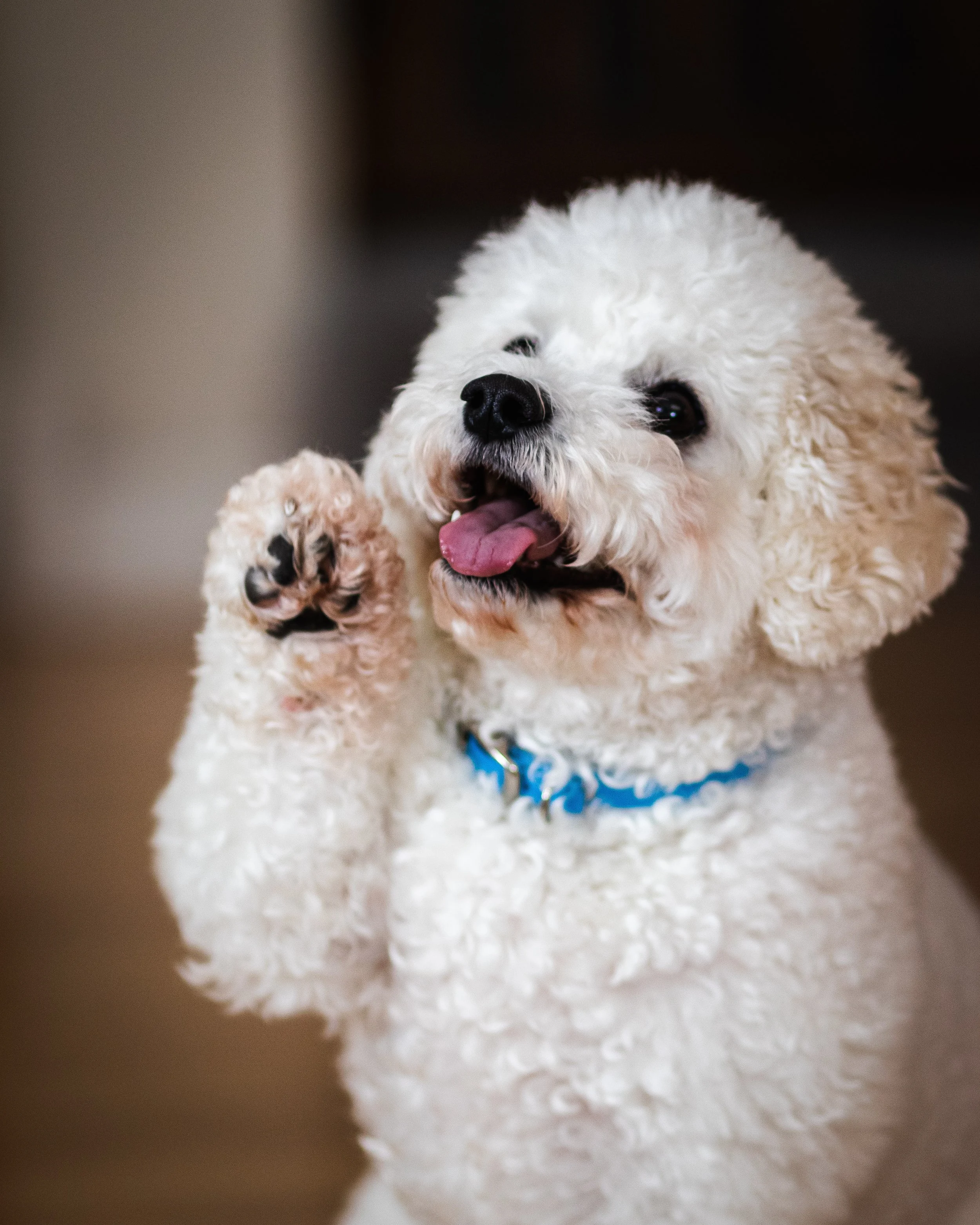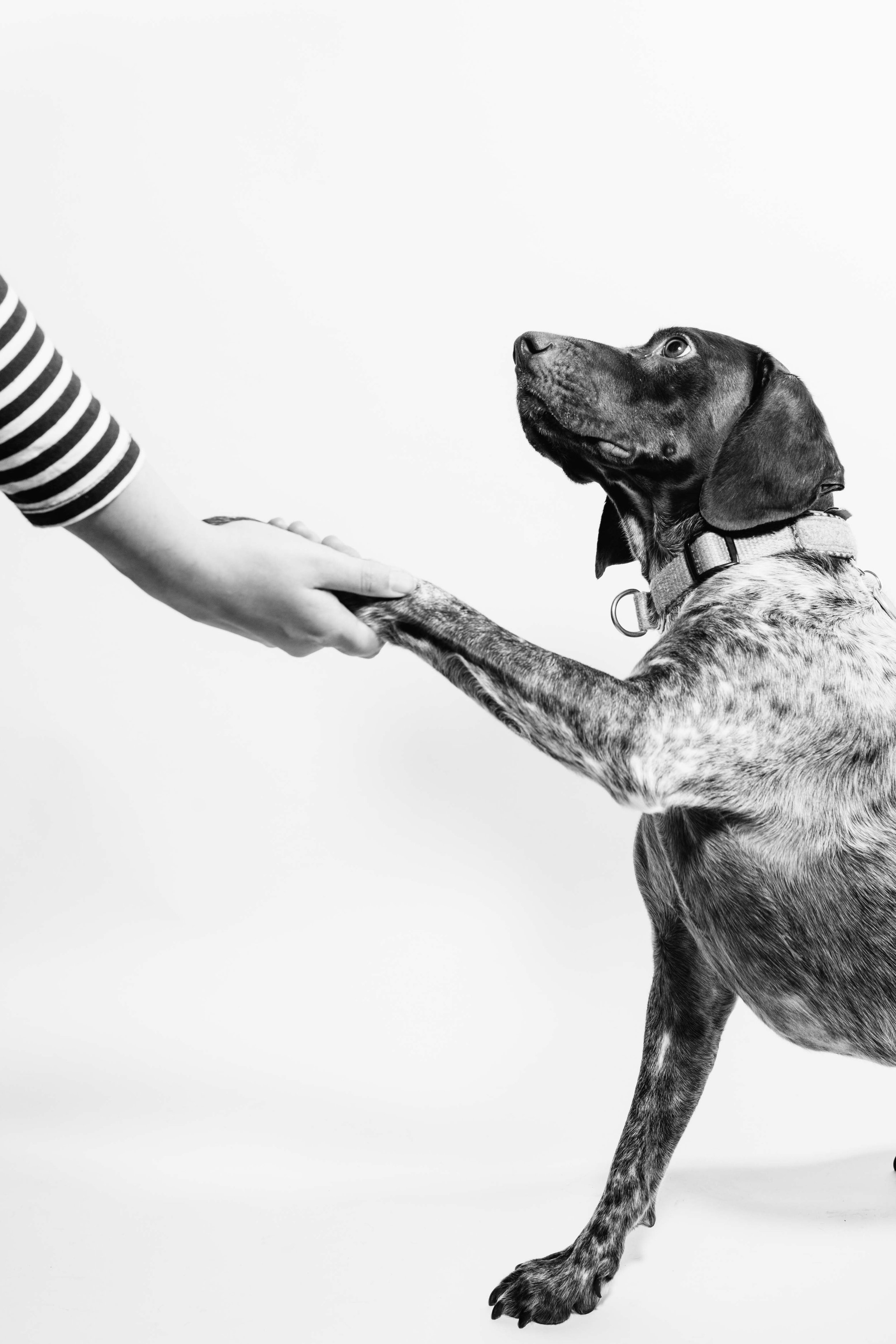Tips For Keeping Your Dog’s Nails Healthy
If you’re a pup parent, one of your top priorities is your furry friend's health and wellness. Dog owners have to make sure their canine companions have nutritious diets, get plenty of exercise and have regular veterinary appointments. One aspect, however, that can be easily overlooked is your dog’s nail health.
Here are some simple ways to ensure that your canine companion's nails are in tip-top shape.
Make Sure Your Pup’s Nails Are Not Too Long
Photo by Cole Wyland on Unsplash
It’s important that pups have short nails. According to Great Pet Care, if your furry friend’s nails are too long, there may be major consequences. Long nails can be uncomfortable, impair mobility, and split. Unfortunately, splintered nails can lead to an infection.
For this reason, you should get your dog’s nails trimmed every three weeks. If you are up to the task, you can cut them yourself with a nail trimmer or a nail grinder. Most dogs hate getting their nails trimmed and may act aggressively out of fear. To avoid being bit or clawed at, consider introducing your dog to the nail tool throughout the week.
Now, how you will trim your dog’s nails depends on which tool you are using. If you decide on a traditional nail trimmer, the AKC advises starting by “plac[ing] your thumb on the pad of a toe and your forefinger on the top of the toe on the skin above the nail.” You will then want to gently “push your thumb slightly up and backward on the pad” so that your dog’s nail extends. From there, you can begin clipping your dog’s nail tips.
Take Notice If Your Dog Licks Their Paws
Photo by Camylla Battani on Unsplash
If your pup continually licks their paws, this might indicate that their nails are bothering them due to a possible injury, so please contact your vet if the behavior continues.
Look For Redness
Photo by Oscar Sutton on Unsplash
Red nails are usually a sign of an infection. This, again, means you should hightail it to the vet.
Watch Out For Brittle Nails
Photo by Fabian Gieske on Unsplash
According to Vet Derm, dogs with brittle nails should get checked for an immune-mediated condition called Lupoid Onychodystrophy, which is more common in breeds like German Shepherds and Rottweilers. Veterinary Partner reported that Lupoid Onychodystrophy can be cured by “a combination of fatty acids, vitamin E, niacinamide, tetracycline, pentoxifylline, and medications to suppress the immune system.”




